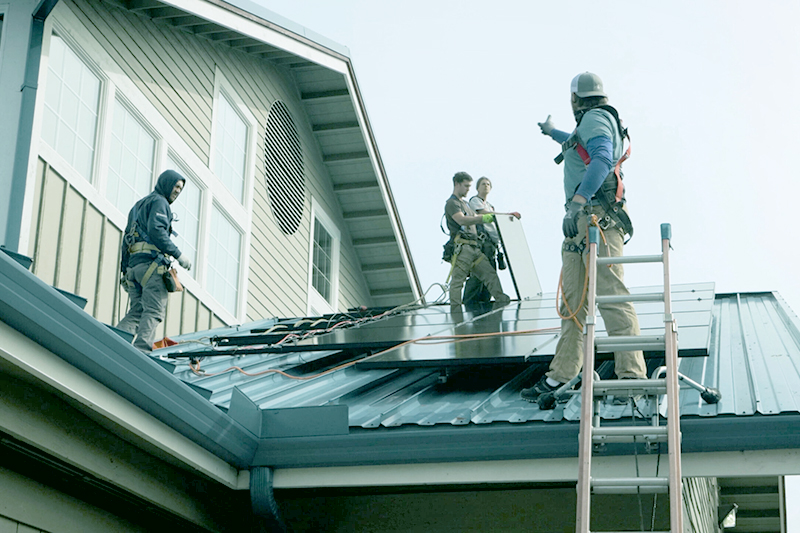
San Poil Treatment Center Builds Public Health Capacity
- Native American-owned organization
- 22 jobs created in high-poverty area
- 28 low-income families assisted
- 660,769 gallons water conserved annually
- $9,044,979 other project funds leveraged
- $18,704,979 real estate
For the Confederated Tribes of the Colville Reservation rising levels of substance abuse have brought a host of other problems including domestic violence, financial insecurity, incarceration, and overdoses. A long history of disenfranchisement, along with high levels of poverty and unemployment are important contributing factors to this public health crisis.
The Tribe’s Business Council sought to address the substance abuse crisis by building a treatment center on-reservation. They saw this as a way to expand access to health care and addiction treatment services, while also creating permanent jobs. The project was informed by the Indian Health Service’s research suggesting that substance abuse treatment for Native Americans is more successful when it is culturally specific and informed by local languages and customs.
To break ground on the San Poil Treatment Center, the Tribe needed to find multiple sources of capital. Early on, they identified Craft3 as a potential source of financing and they saw a New Markets Tax Credit (NMTC) investment as the perfect vehicle. The NMTC program is designed to attract investment to underserved communities. Craft3 brought $10 million in NMTC allocation to the project, with Ecotrust adding $6.5 million in NMTC allocation. US Bank purchased the tax credits created with these NMTC allocations. The State of Washington provided an additional contribution of $4.5 million in state funding to the project.
In addition to a treatment center, the 35,000 square foot campus will include equine therapy, meditation trails, sweat lodges, and river and mountain views. To accommodate the new staff for the San Poil Facility the Tribes are building a total of 26 new housing units in Keller and Elmer City. These are bold and hopeful steps towards improving public health outcomes and strengthening the local community and economy. Read more about the San Poil Treatment Center.

















